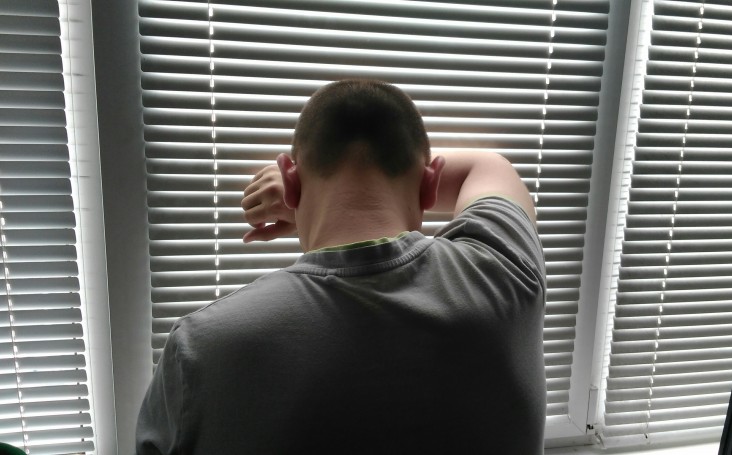Speeches Shim

Care and treatment control once-fatal disease
“I didn’t know how to react, what to do, how to tell my parents.... After all, I didn’t know that HIV is now treated. As a matter of fact, I knew nothing about HIV at all.”
August 2018 — When 25-year-old Oleksandr* learned that he was HIV-positive, he fell into despair. Shock, confusion and so many questions: “What do I do?” and “How do I tell my parents?” were his first concerns.
After graduating from college in Ukraine and leaving his parent’s home, Oleksandr jumped into a whirlpool of nightclubs and new acquaintances. One day, he noticed a rash on his body and turned to a doctor. The dermatologist immediately sent him for a blood test and, soon after, Oleksandr learned the results.
“They called me and asked me to come to the hospital. I hesitated for a long time, but I went. They said that it was HIV,” Oleksandr recalled. “I didn’t know how to react, what to do, how to tell my parents. I am their only child. So how could I tell them that I would not have children, and they would not have grandchildren? These were my initial thoughts. After all, I didn’t know that HIV is now treated. As a matter of fact, I knew nothing about HIV at all.”
The facility where Oleksandr was diagnosed was working with USAID’s HealthLink activity to introduce new approaches to HIV testing. These approaches include maintaining sufficient supplies of HIV rapid test kits, training health care and community outreach personnel on HIV screening and testing methodologies, and — perhaps most importantly for Oleksandr — providing psychological assistance through social workers, who help newly diagnosed individuals to cope and live with HIV.
Oleksandr had a lot of questions. When he first met Olga*, a social worker from the HealthLink program, they sat on a park bench on the street and talked. Oleksandr learned that HIV was not a fatal disease anymore, and one could control it by taking medicine and enrolling in antiretroviral therapy.
“You can live with HIV!” was Olga’s message, one that helped Oleksandr believe that he still had a future.
It was hard for Oleksandr to tell his parents about his HIV status, but Olga was also there to help them cope with their son’s situation.
Today, Oleksandr is receiving treatment, using protection, and making plans for his future.
“If it were not for Olga’s help, I don’t know how I would have managed,” he said. “Would I have been in therapy? Or maybe I would have done something stupid and harmful to myself. With Olga’s help, I felt supported and that I was not alone.”
HIV burden in Ukraine remains one of the highest in Europe. According to the recent estimations, 240,000 Ukrainians are living with HIV, and more importantly, half of them are unaware of their HIV status.
USAID’s HealthLink activity seeks to accelerate Ukraine’s efforts to end HIV as a public health threat by 2030 by increasing and sustaining demand for high-quality prevention and treatment services among people living with HIV and key populations. It works to improve access to quality and effective health services through civil society advocacy actions and to increase the numbers of people who know their HIV status and receive timely care and treatment services. The activity, which runs from September 2017 to September 2022, also focuses on reducing stigma and discrimination toward those living with HIV. The project has just started its full scale operation providing HIV testing, linkage to treatment, and psychological support services both at public healthcare facilities and NGO-run community sites. Thousands of Ukrainians are expected to benefit from the project’s activities.
*Names changed to protect identity.

Comment
Make a general inquiry or suggest an improvement.